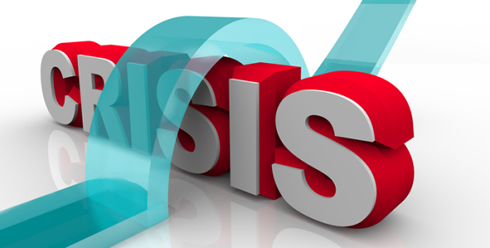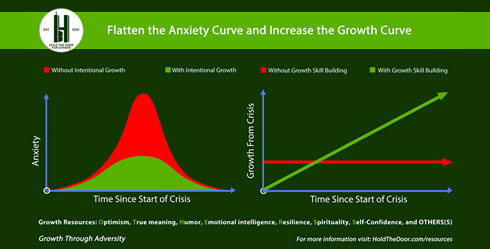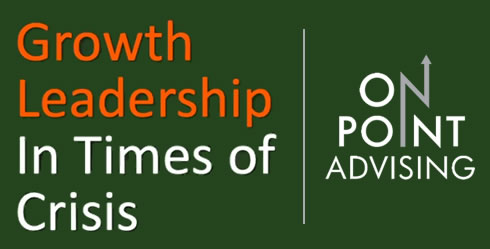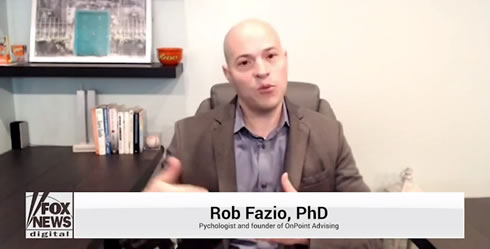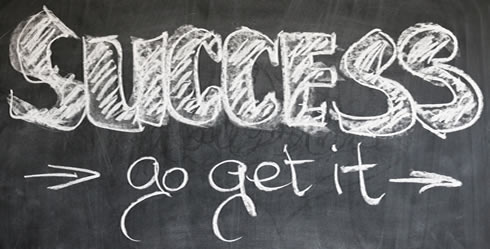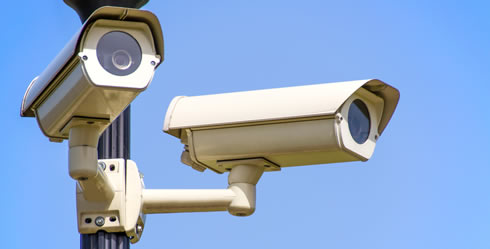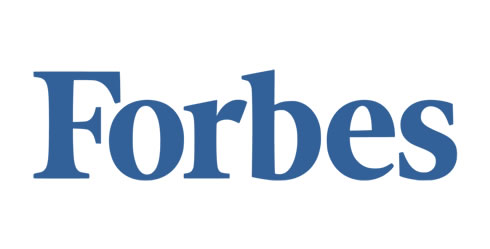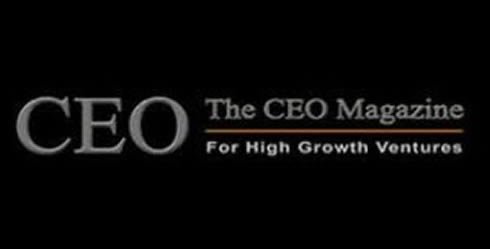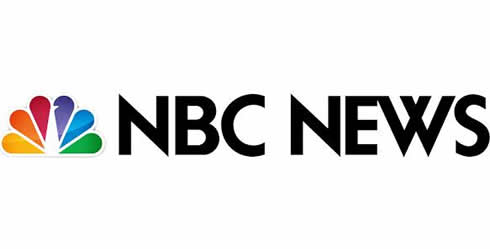We will all face a crisis at some point in our careers. The two keys are to be prepared and to not let how you handle the crisis become fuel for a larger crisis. Below are some tips and guidelines on how to Read before you Lead and create purpose out of a challenge.
• Anything you communicate externally, you need to communicate internally
• Communicate in a way that connects with people
• Your behavior will define your brand and the organization’s perceived values
• Whether you experience a crisis or not, the characteristics of a Growth Leader
are practical and will help you achieve your goals
• Feel slow, Think Fast
• Manage yourself before you manage the crisis
• Be proactive rather than reactive
• Respond rather than react
• Build your people’s confidence so everyone can get done what needs to be done
and then hold people accountable once the crisis has been stabilized
• Have team, everyone has blind spots, and they can be the difference between
success and failure during a crisis
• If you run a business, and the business made a mistake, giving something up
builds good will and loyalty
What to do and When
The steps in leading in a crisis are simple but not easy. See-Feel-Think-Act gives you a foundation for what to do first.
See (Wide) – Maintain a wide field of vision and collect as much information as possible. Based on what you choose to see will determine how you feel, think, act, and see.
Feel (Slow) – Step back and understand your initial reactions. Your emotions can act as barometer and help you make strategic decisions. Realize that your emotions are a data point, not the data point. Your feeling can cloud your judgment. Leverage them wisely.
Think (Fast and Far) – Integrate what you see and feel and make strategic decisions. You need to use your logic to think through your options and not just jump at the first solution. Think through options from various points of view (i.e. stakeholders, employees, board members, customers and etc.)
Act (Confident) – Move forward with confidence and empathy. Demonstrate integrity and alignment in what you communicate and what you do. Taking action may be as simple as genuinely communicating what you know and instilling confidence and a ensuring that you are working to address the situation with the best intentions.
What to Focus on First
S-Safety – Ensure that you do everything you can to restore safety and stabilize the situation. You want to demonstrate immediately that you are taking all steps necessary to keep people out of harms way (if the crisis includes physical or emotional danger).
P-People – People are your most important resource. You want to demonstrate that you care about people. This is a time of high physical and emotional presence. People need to see you as often as possible and as empathetic as possible. It’s important that people are being informed and being heard.
E-Emotional Intelligence (EI) – The stakes are high in times of crisis and extreme change. Your ability to be aware of what your responses are and how to communicate appropriately is crucial. Feelings can be overwhelming during these times. You also need to be able to accurately anticipate and read emotional reactions of those around you who are affected by the crisis. EI also includes the successful integration of feelings and thought.
A-Articulate Your Vision – Clarity is paramount. Your message needs to be clear and instill confidence in those around you. You need to find the balance between acting to stabilize the crisis and demonstrating your passion for the future. Display leadership behaviors that are consistent with your vision and suggest you are doing everything you can to ensure stability and growth in the future. You want to communicate early and often.
K-Knowledge – People look to leaders in times of crisis to have information and communicate that information. Have people around you feed you essential information and continue to learn as you handle the crisis.
E-Evaluate – Get feedback on how you are doing. Seek input from people who are being affected. It is alright to get feedback and decide that you need to change things, stay the same, or seek more feedback. It is not alright to fail to see how effective or ineffective you are being as a leader.
R-Reach Out – Consult with as many experts as your time and resources will allow. Gaining different perspectives from a variety of sources will assist you in decision-making and ensure diversity of thought. You have a certain expertise; during a crisis rely on experts around you that you can trust. Examples of people who you should reach out to are media contacts, lawyers, counselors, and people who are directly affected. The “go it alone” attitude that may have gotten you to be successful in the past, will not serve you well in a crisis. It is a time to pool resources and consult experts.
S – Slow Everything Down – This step, along with Safety, is often one of the first steps. Things move very fast when the stakes are high. Most people will have the normal reaction of getting tactical and taking action. Depending on the amount of physical and emotional harm present, force yourself to slow things down and be strategically tactical. In other words, execute rapidly, but execute with purpose and strategy. Making the decision to take a step back and reflect and consult, maybe the difference between moving backwards and moving forwards in the future.
Where to Spend Your Time and Energy
Personal Leadership – Ensuring that you have a strong sense of your strengths, weaknesses, and derailers is essential, especially in times of uncertainty and crisis. As a leader people will be looking to you for answers, and you need to minimize your blind spots and maximize the positive impact you have on others. You are the most direct link to the Organizational Atmosphere. The healthier, more energizing and engaging you are, the more motivated people will be to meet the challenges of the crisis and grow through the experience. Personal Leadership includes managing and communicating your brand and taking care of yourself (i.e. managing your stress). The more effectively you are able to lead yourself, the stronger the platform you will create for leading others. Everything will seem out of balance during times of crisis, and that is because most things are out of balance. It is your job to find a way to maintain some type of personal homeostasis in order to keep you grounded and allow you to make strong strategic decisions that will help your organization grow.
Team Leadership – Your ability to understand your direct reports and peers as well as rally their support will be crucial. You need to focus on taking care of your team as they take care of the crisis. Be sure that the messages that your team receive and send are consistent with your messages and are aligned with the overall organization’s Crisis Growth Strategy.
Business Leadership – Business results are more important than most people would think when considering crisis situations. Safety and taking care of people are core components. However, if the organization fails, it will cause an avalanche of additional crises. It may seem contradictory to say to focus on the business and focus on people. They actually can go hand and hand if you think through the proper strategy and the implication of each step along the way. Growing the business may not happen within a short time frame, that is precisely why decisions made early on need to be informed by insights into the future of the organization.
Social Leadership – Whether you care about making an impact on society or not, people will be watching how socially responsible you are in a time of crisis. How leaders handle crises becomes how outsiders permanently view the leader and the organization. Therefore, it is absolutely critical to ensure that you take steps to connect with people outside the organization. Depending on the crisis, this may include family members of those affected by the crisis, media, investors and other key stakeholders.


